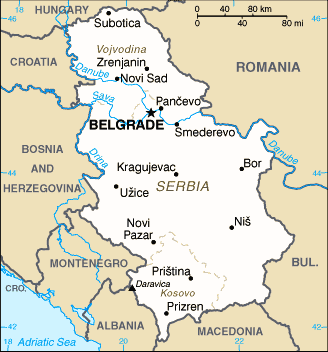Since the measles outbreak started in Oct. 2017, Serbian health authorities have reported 3,812 cases, including nearly 2,000 cases in just the past two months, of which 1972 were laboratory confirmed at the Torlak Institute, according Serbia’s Institute for Public Health (computer translated).

Of this total, 13 people have died, with half of these reported from Belgrade.
The majority of patients are younger than five and over 30 years of age. Ninety-five percent of patients were not vaccinated, partially vaccinated or unknown vaccine status.
Thirty two percent of patients required hospitalization for their illness.
According to experts in Serbia, the epidemic has peaked and the number of cases should now gradually decline.
In Jan. 2018, the US Centers for Disease Control and Prevention (CDC) issued a travel notice for Serbia in light of the measles outbreak.
Measles is a disease caused by a virus that is spread through the air by breathing, coughing, or sneezing. Measles virus is highly contagious and can remain so for up to 2 hours in the air or on surfaces. Symptoms of measles are rash, high fever, cough, runny nose, and red, watery eyes.

